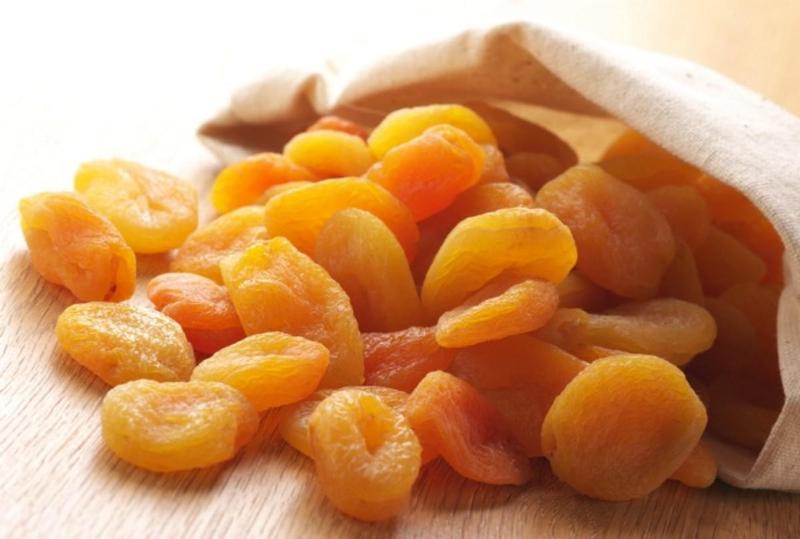Improve Health with These Potassium Rich Foods
Improve Health with These Potassium Rich Foods

Potassium is an essential nutrient for the body. These 10 potassium rich foods will greatly help your health.
Potassium is essential in maintaining a fluid and electrolyte balance in the body. It is the third most abundant mineral in the body and is necessary for the function of several organs including the heart, kidneys, brain, and muscular tissues.
Potassium also plays a key role in keeping the body hydrated while also working with sodium to support cellular function with the body’s sodium-potassium pump.
Symptoms included in a potassium deficiency include severe headaches, dehydration, heart palpitations, and swelling of glands and tissues.
Potassium deficiency can also lead to:
Fatigue
Irritability
Muscle cramps
Weight gain
Increased blood pressure
Cellulite buildup
The main culprits that cause low levels of potassium are endurance cardiovascular exercise without proper hydration, vomiting, diarrhea and diets low in fruits and vegetables.
Overdose of potassium from natural sources is very rare unless you are on dialysis, or have a special condition. Yet it is possible to consume too much potassium via potassium salts which can lead to nausea and vomiting.
Potassium from natural food sources are considered safe and healthy. The RDA for potassium is 4700 g/day. The current percent daily value for potassium is 3500 mg/day.
Top 10 Potassium Rich Foods
1. Avocado
1 whole: 1068 mg (30% DV)
2. Spinach
1 cup: 839 mg (24% DV)
3. Sweet potato
1 medium: 952 mg (27% DV)
4. Coconut Water
1 cup: 600 mg (17% DV)
5. Kefir or Yogurt
1 cup: 579 mg (15% DV)
6. White Beans
1⁄2 cup: 502 mg (15% DV)
7. Banana
1 large: 422 mg (12% DV)
8. Acorn squash
1 cup: 899 mg (26% DV)
9. Dried apricots
1⁄2 cup: 755 mg (22% DV)
10. Mushrooms
1 cup: 428 mg (27% DV)
Health Benefits of Potassium
Cramps
One of the main benefits of consuming high potassium foods is decreased muscle cramping and improved muscle strength. When athletes become dehydrated and aren’t consuming enough potassium rich foods before and after exercise, they can experience muscle cramps which are a common side effect of low potassium levels.
Reduced Risk of Stroke
Several observational studies have found that people with high potassium levels are less prone to strokes.
Alleviation of High Blood Pressure
Studies show that diets that are high in potassium can lower blood pressure. This is especially true when the increase in potassium foods is not accompanied by an increase in high sodium foods.
Reduced Cellulite Appearance
One of the main causative factors of cellulite buildup is fluid retention. Most people consume too much sodium and not enough potassium. Sodium brings nutrients into your cells where potassium helps flush excess waste out of your cells. For this reason, if you reduce sodium intake and begin consuming potassium rich foods, you can reduce the appearance of cellulite.
Osteoporosis Protection
Several studies have found a relation between increased bone density and increased intake of dietary potassium. These studies were true even for post-menopausal women and older men.
Be the first to post a message!